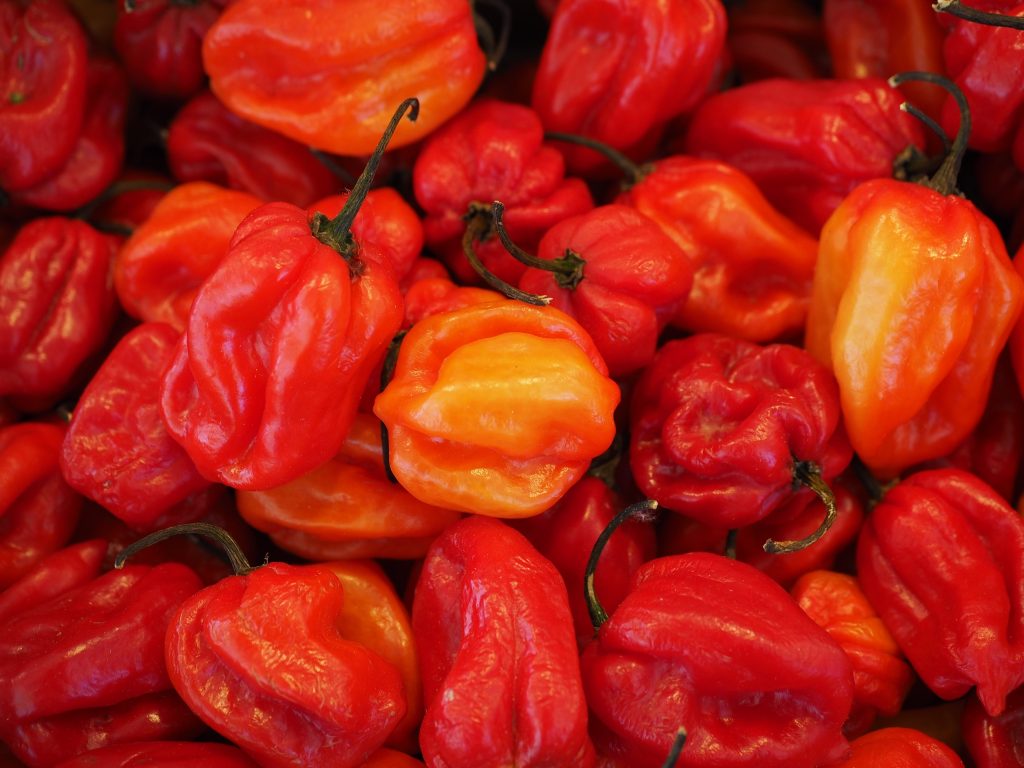COULD THE CONSUMPTION OF SPICY FOODS REDUCE THE PREVALENCE OF CHRONIC PAIN?
Population based cohort study
 Although there are reasons to be cautious, the recent paper by Lv et al, in the latest edition of the BMJ is interesting and is suggestive of the potential health benefits of eating spicy foods such as hot chilli peppers. This is perhaps not entirely unsurprising given the known antioxidant properties of this food. In addition to studying mortality, it could also have been interesting to look for potentially beneficial impact on morbidity.
Although there are reasons to be cautious, the recent paper by Lv et al, in the latest edition of the BMJ is interesting and is suggestive of the potential health benefits of eating spicy foods such as hot chilli peppers. This is perhaps not entirely unsurprising given the known antioxidant properties of this food. In addition to studying mortality, it could also have been interesting to look for potentially beneficial impact on morbidity.
Topical capsaicin cream 0.025-0.075% is long established for the treatment of hypersensitive skin in chronic pain and more recently, capsaicin 8% patches have proven benefit for peripheral neuropathic pain (2). Previously, capsaicin was believed to work primarily on the TRPV1 receptor and cause it to desensitise and also to deplete Substance P. However, more recent studies (3) have revealed a direct effect on the mitochondria within peripheral nerve endings. i.e. the capsaicin triggers the release of large amounts of calcium, which in turn induces mitochondrial toxicity and can, in effect, ‘prune’ back the pathological nerve ending responsible for the hypersensitivity or in other words give them a ‘haircut’ (3). Perhaps future studies in this field may consider examining the impact of hot chilli peppers on morbidity including chronic pain?
